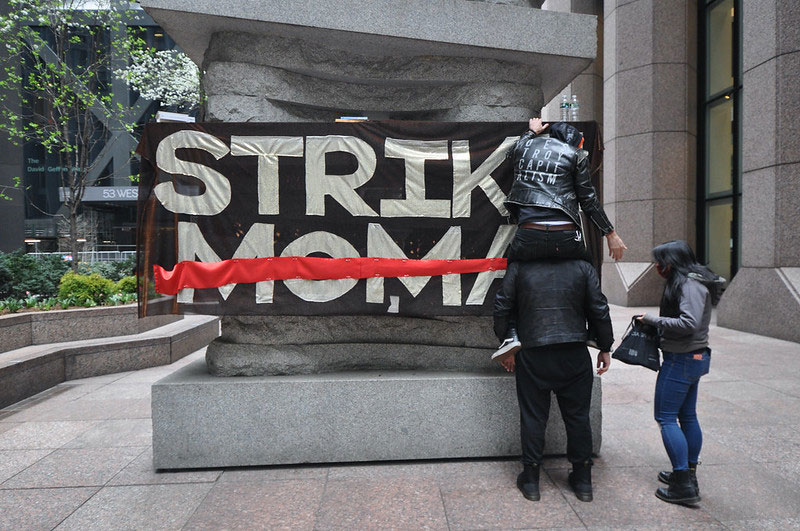
October 23, 2018; New York Times
Earlier this month, Sears Roebuck declared bankruptcy. The once-iconic retailer had long been struggling. Sears lost its preeminent position in the department store category to Walmart way back in 1991. In fact, its final denouement surprised just about no one. But as Nelson Schwartz and Michael Corkery remind us in the New York Times, just as surely as Detroit before Silicon Valley was once the nation’s leading “high-tech” hub, Sears was once the Amazon of its day.
Sears, Schwartz and Corkery note, used a very different economic model than Amazon: “Half a century ago, a typical Sears salesman could walk out of the store at retirement with a nest egg worth well over a million in today’s dollars, feathered with company stock.” By contrast, they observe, “A warehouse worker hired now at Amazon who stays until retirement would leave with a fraction of that.”
Retirement payouts were also higher. “While the typical Amazon employee receives $680 from the company in a 401(k), the average Sears worker got the present-day equivalent of $2,744,” Schwartz and Corkery explain. They add that, “Dividends on accumulated stock could add thousands annually.”
The prevalence of the “winner take all” model in our economy and culture today is hardly news. Still, the contrast is astonishing. Sears, Schwartz and Corkery, explain, “earmarked 10 percent of pretax earnings for a retirement plan for full-time employees and by the 1950s, the workers owned a quarter of Sears. By contrast, one man at Amazon, the founder and chief executive Jeff Bezos, owns 16 percent of the company and is ranked as the world’s richest person.”
Employee ownership, as NPQ has highlighted, is once again booming. Increasing recognition of the importance of employee ownership nationwide helped lead to the passage of historic federal legislation last August that facilitates the conversion of existing business to employee ownership by making such conversions eligible for Small Business Administration-guaranteed loans.
Sign up for our free newsletters
Subscribe to NPQ's newsletters to have our top stories delivered directly to your inbox.
By signing up, you agree to our privacy policy and terms of use, and to receive messages from NPQ and our partners.
But, as the Sears example shows, the notion of treating employees as stakeholders and co-owners of the company is not new. Schwartz and Corkery add that Sears’s employee ownership program at mid-century was “remarkably egalitarian. Contributions were based on years of service, not rank, and the longest-serving workers received nearly $3 for every dollar they contributed.” Sears, however, began to phase out its profit-sharing plan in the 1970s.
Joseph R. Blasi, a management and labor relations professor who directs the Institute for the Study of Employee Ownership and Profit Sharing at Rutgers University, notes that Sears was not the only company at mid-century to promote employee ownership. Other companies with similar practices at the time include Procter & Gamble, S.C. Johnson, Hallmark Cards and US Steel.
Schwartz and Corkery also illustrate the gap between the Amazon and Sears models by noting that, “If Amazon’s 575,000 total employees owned the same proportion of their employer’s stock as the Sears workers did in the 1950s, they would each own shares worth $381,000.”
Still, as Vicki Howard details at Smithsonian.com, while employee ownership at Sears benefitted workers, the company was far from virtuous. Sears was fiercely anti-union and its employee ownership provisions were, at least in part, designed to avoid unionization. Howard adds that, “Company leaders resisted 20th-century progressive social movements that sought economic equality for African Americans and women. Like other department stores, Sears contributed both to structural and daily acts of racism, against customers and workers.”
Amazon’s move to raise wages to $15 an hour, of course, is also in part a response to the union-backed Fight for $15 campaign. Now, as then, getting companies to “do the right thing” often requires social movement pressure and organizing.
What is important, Howard notes, is to remain aware that business is not just an economic enterprise, but also a social institution whose values and practices, positive and negative, influence the world in which nonprofits and social movements operate. “The end of Sears,” Howard adds, “will mean more than just one less place to buy my socks.”—Steve Dubb













